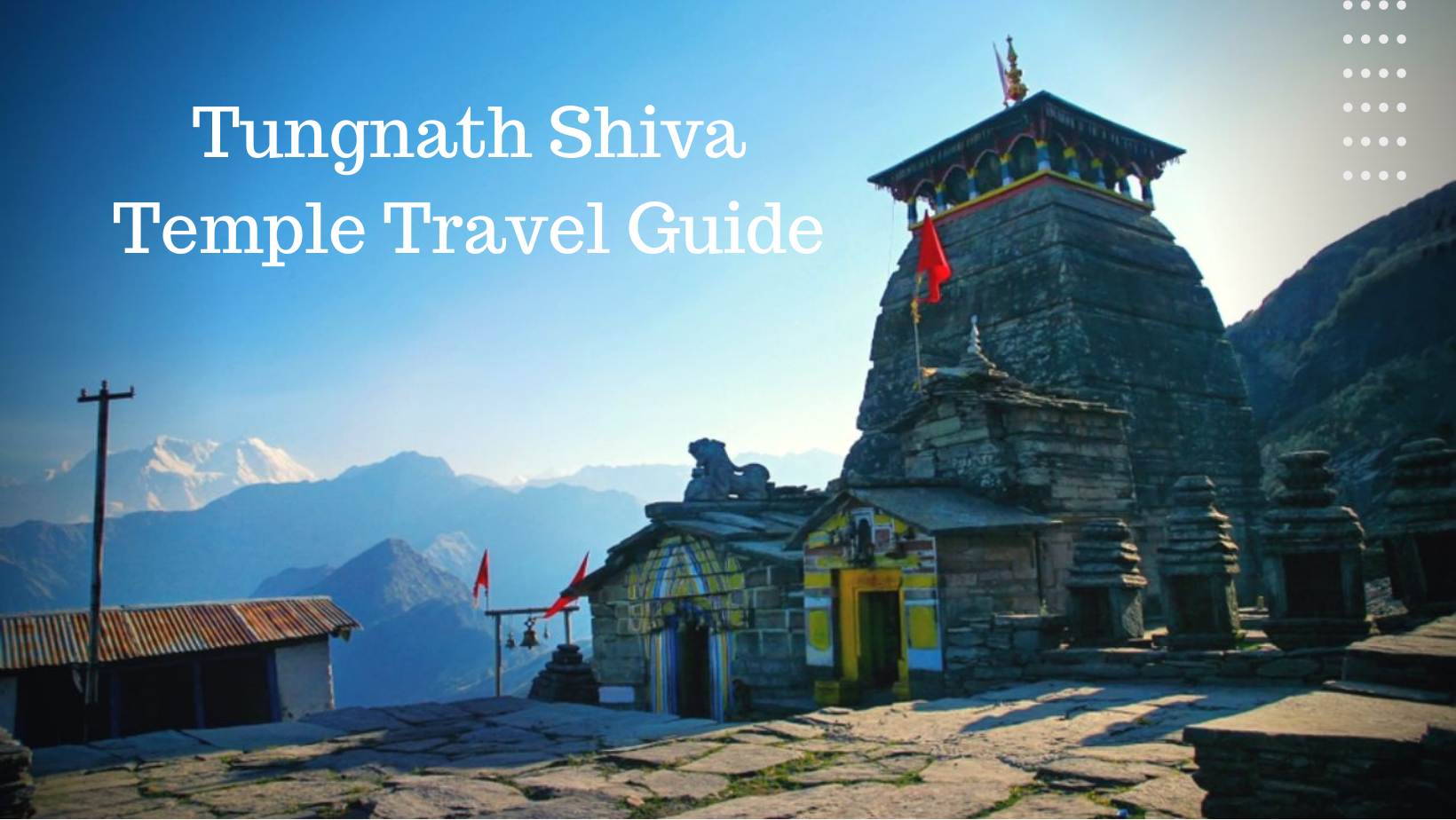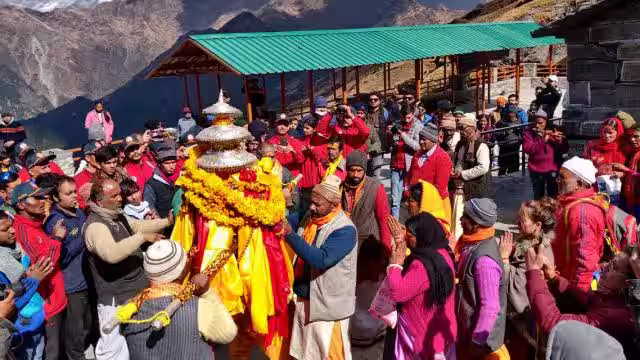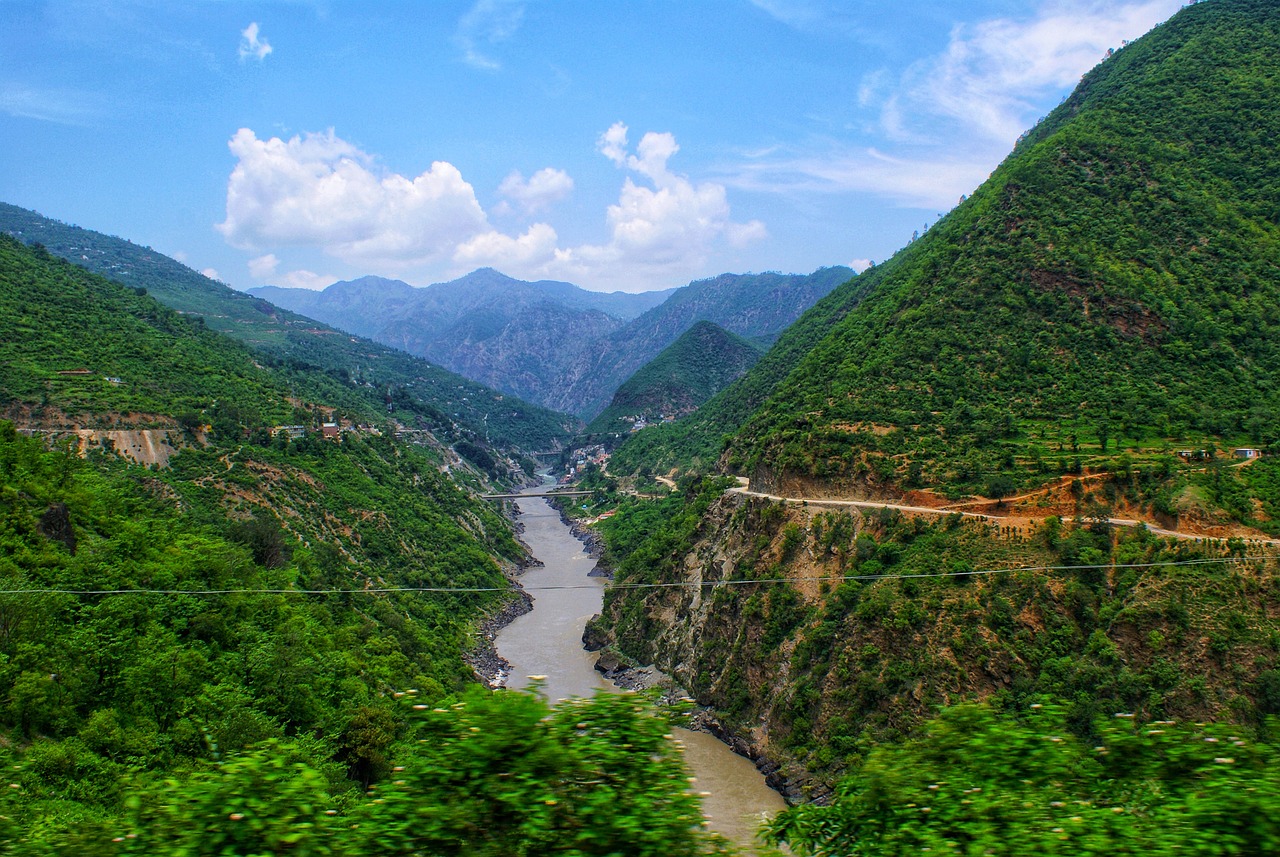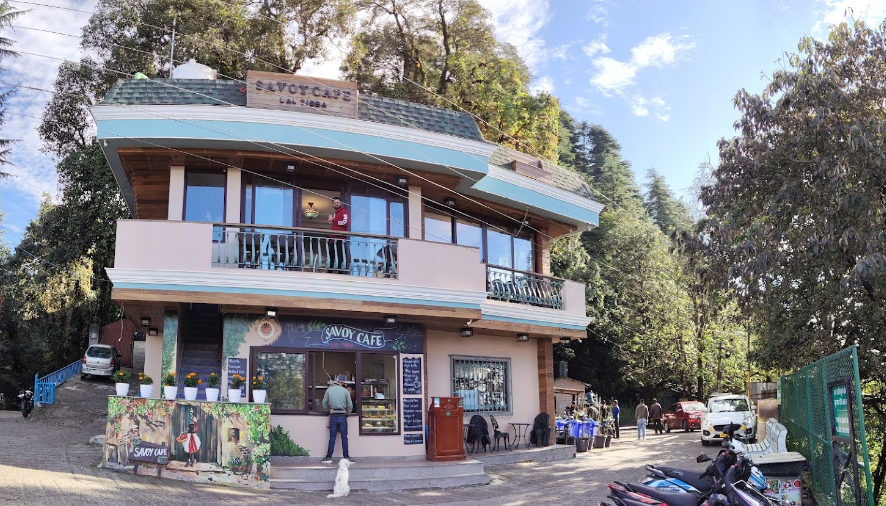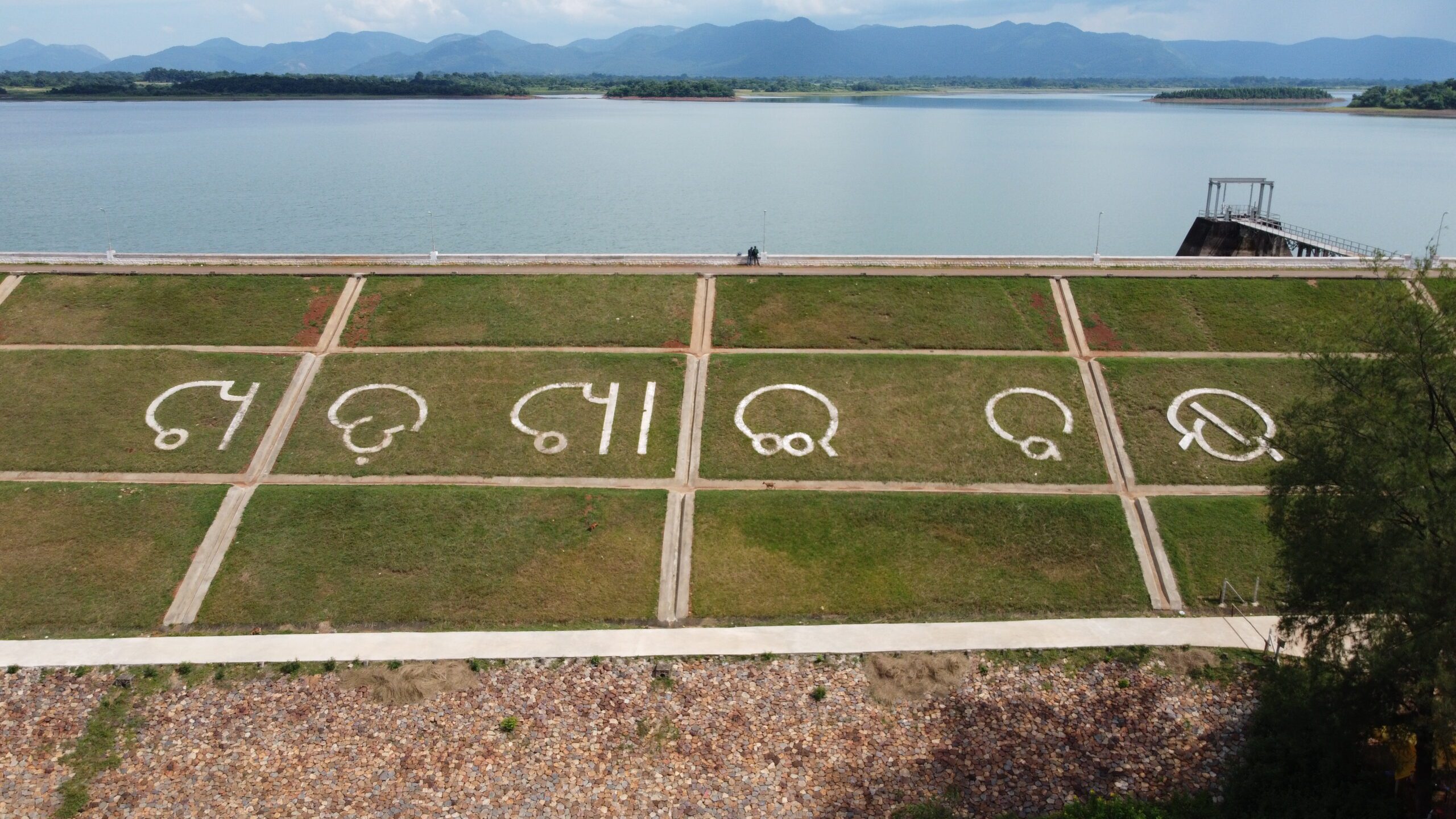Tungnath Shiva Temple Travel Guide – The Majestic Abode of Lord Shiva
Tungnath Shiva Temple Travel Guide – The Majestic Abode of Lord Shiva: The renowned Tungnath Temple is believed to be more than 1000 years old and, as per the scriptures, is the third temple to be visited in the Panch Kedar circuit. The tranquility and serenity that embrace this sacred place transcend verbal description. It is widely believed to have been constructed by the Pandavas after the Kurukshetra War.
About Tungnath Temple
Tungnath is an exquisite destination situated in close proximity to the enchanting hill station of Chopta. Nestled at an elevation of 3680 meters above sea level, Tungnath proudly holds the title of being the highest temple in the world dedicated to Lord Shiva.
The breathtaking Himalayan vista visible from the meadows surrounding the Tungnath temple leaves visitors in absolute awe. The natural splendor reaches its pinnacle at the Tungnath temple, which is one of the renowned Panch Kedar shrines of Uttarakhand.
For travelers heading to Chopta, a visit to Lord Shiva’s divine abode in Tungnath is highly recommended. Typically, the pilgrimage to Tungnath is undertaken as part of the Panch Kedar trek, encompassing all five temples along a 170 km route (a combination of roads and trekking) starting from Rishikesh in the following order: Kedarnath, Tungnath, Rudranath, Madhyamaheshwar, and Kalpeshwar.
Tungnath Temple Opening and Closing Dates for the 2023 Season:
Opening Date of Tungnath Temple: The Tungnath Mandir will open its doors on 26th April 2023. The sacred doli carrying the idol of Shri Tungnath ji embarks on its journey from Mukumath, passing through Duggalbita and Chopta, before arriving at the Tungnath temple.
Legends and History of Tungnath:
Tungnath is intricately linked to the foundation of the Panch Kedar Circuit, a group of Lord Shiva temples constructed by the Pandavas. According to the legend, Vyas Rishi advised the Pandavas that their sin of slaying their own kin (the Kauravas) during the Mahabharata war could only be absolved by Lord Shiva. Consequently, the Pandavas embarked on a quest to seek forgiveness from Shiva, who had been avoiding them due to his belief in their guilt.
In order to elude them, Shiva transformed himself into a bull and sought seclusion in an underground sanctuary at Guptakashi, where the Pandavas pursued him. Subsequently, different body parts of Shiva’s bull form reappeared at five distinct locations, known as the “Panch Kedar,” where the Pandavas erected temples dedicated to Lord Shiva as an act of reverence and seeking forgiveness, as well as his blessings.
Each of these locations is associated with a specific part of his body: Tungnath is recognized as the place where the bahu (hands) were seen, the hump appeared at Kedarnath, the head manifested at Rudranath, the navel and stomach emerged at Madhyamaheshwar, and the jata (hair or locks) at Kalpeshwar.
How to Reach Tungnath:
Tungnath can be conveniently accessed from Chopta by embarking on a 4km trek along a well-defined trail. The trekking route to Tungnath begins right next to the road in Chopta and is easily identifiable. The path is paved with stones, and benches are strategically placed along the way, offering hikers the opportunity to rest and marvel at the breathtaking vistas of the Chowkhamba, Nanda Devi, Neelkanth, and Kedarnath peaks.
Related Article: McLeod Ganj – Experience The Pleasure Of These 6 Things In McLeod Ganj
Read this: Tungnath Temple Trek Route, WinterTravel Tips

